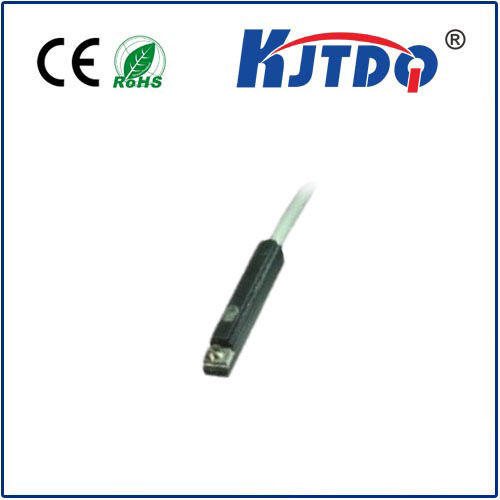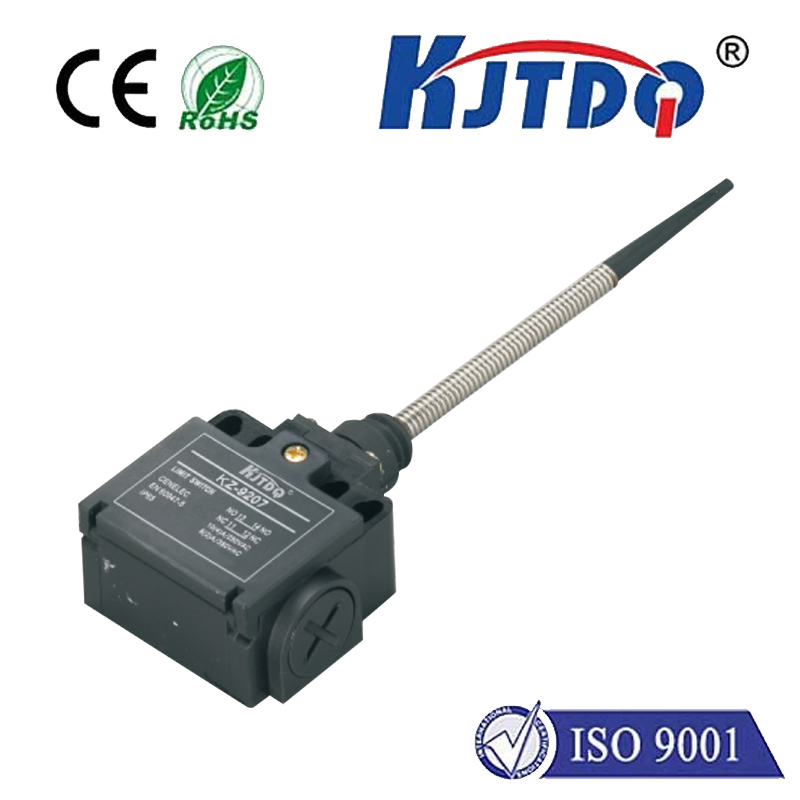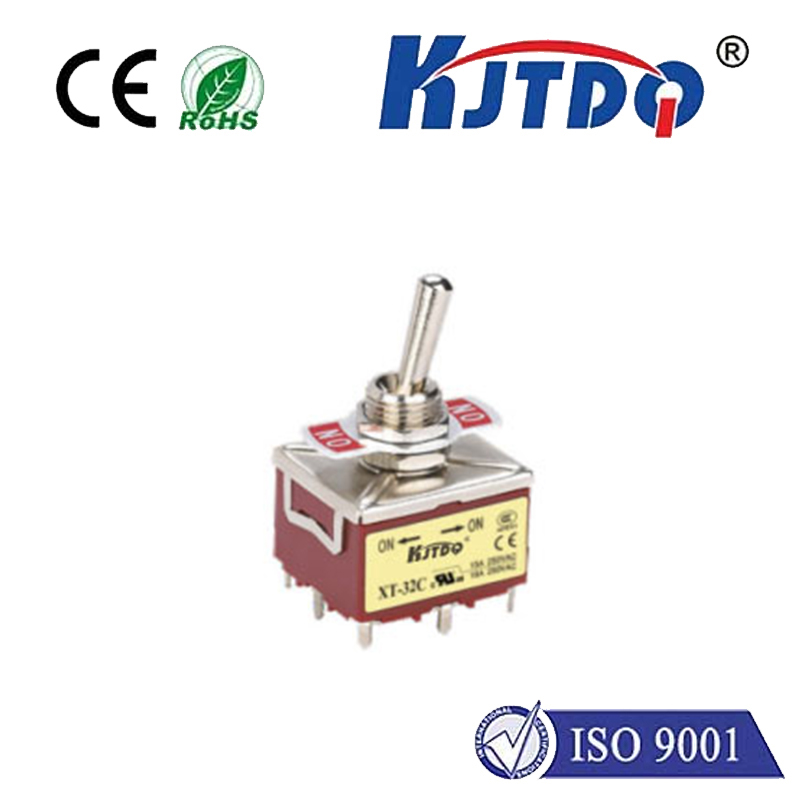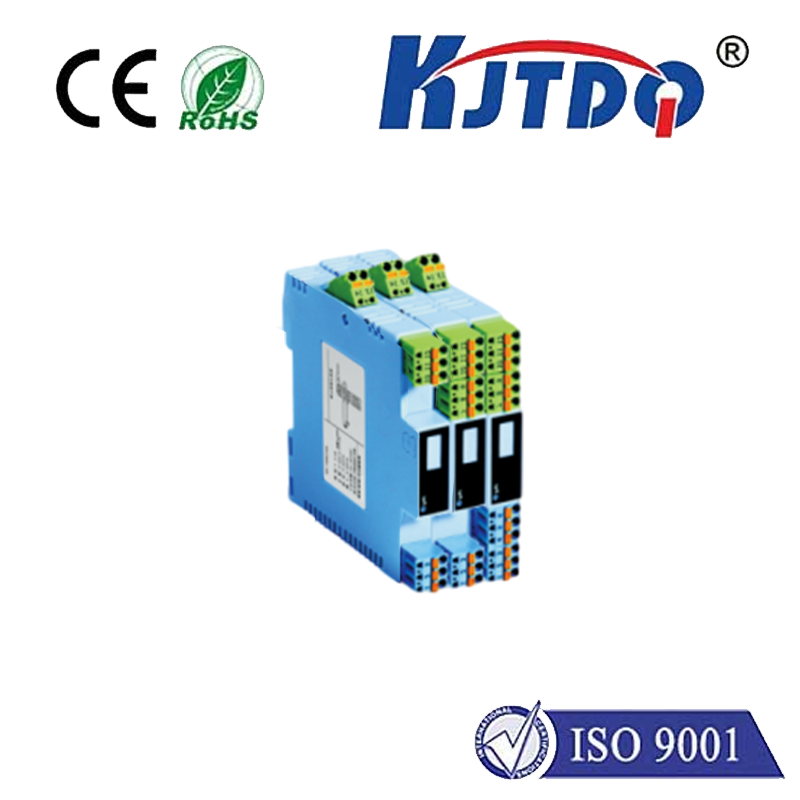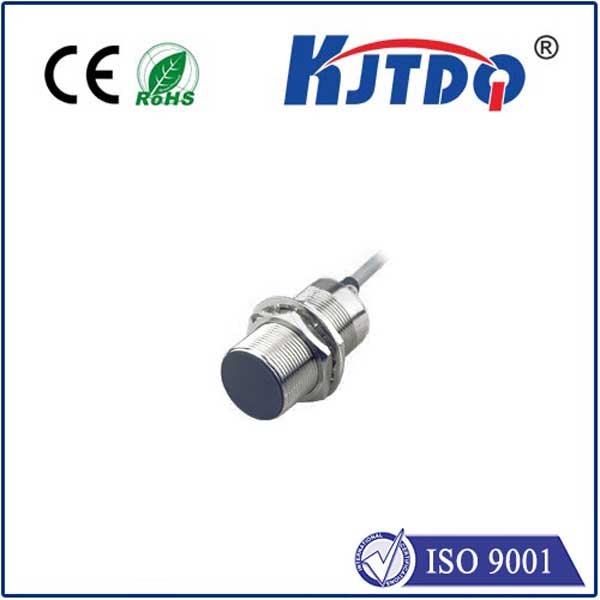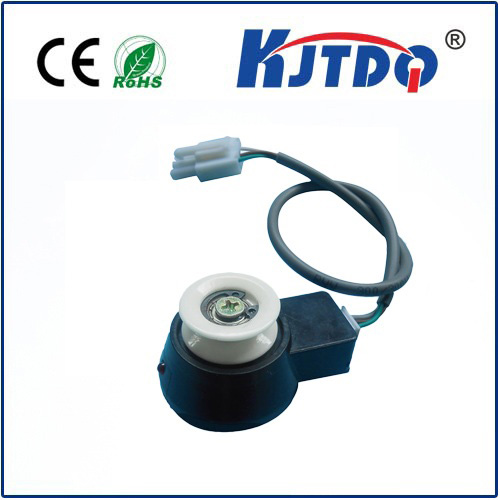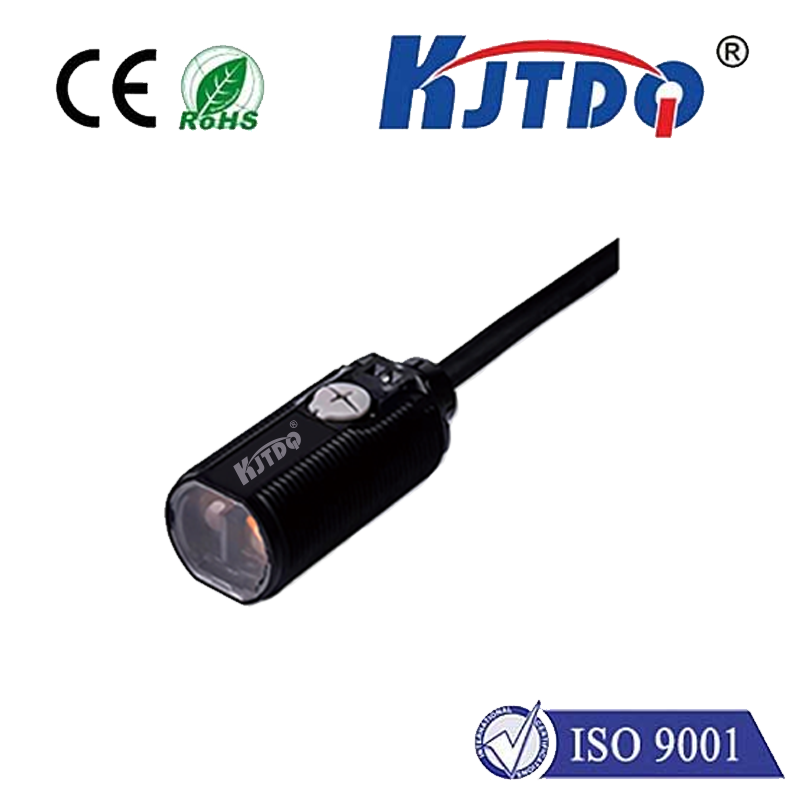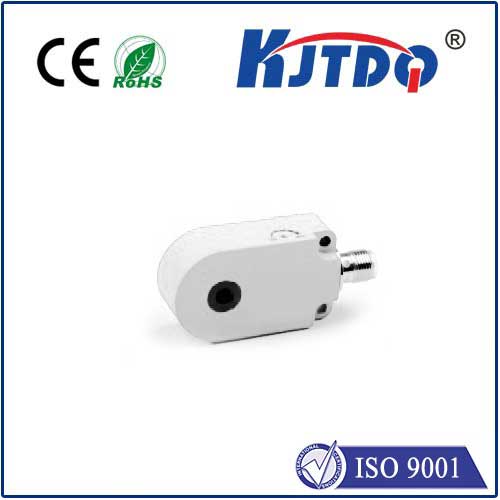紅外漫反射光電開關英文
- 時間:2025-09-24 03:37:37
- 點擊:0
Infrared Diffuse Reflection Photoelectric Switches: The Hands-Free Sensing Revolution
Have you ever paused to wonder how supermarket doors magically slide open as you approach, even before you touch them? Or how public restroom faucets and soap dispensers seem to know exactly when your hands are underneath? This seamless interaction, a hallmark of modern convenience and automated hygiene, isn’t magic – it’s largely thanks to a fascinating and widely deployed technology: the Infrared Diffuse Reflection Photoelectric Switch. These unassuming sensors are the unsung heroes enabling touch-free operation across countless applications.
Decoding the Technology: What is an Infrared Diffuse Reflection Photoelectric Switch?
At its core, this device is a type of proximity sensor. It operates on a simple yet brilliant principle: it emits something invisible – an infrared (IR) light beam – and then patiently listens (or rather, looks) for its return. Unlike their cousins, the “through-beam” sensor that requires a separate transmitter and receiver facing each other, or the “retro-reflective” sensor that bounces light off a dedicated reflector, the diffuse reflection sensor is beautifully self-contained. Everything it needs – the IR emitter and the photoelectric receiver – is housed within a single unit.
The Ingenious “Diffuse Reflection” Principle
Here’s how it works its magic:
- The Emitter: Inside the sensor, an infrared LED constantly pulses out an invisible beam of light.
- The Reflection: When an object enters the sensor’s detection zone, this IR beam strikes its surface.
- The “Diffuse” Part: Crucially, the object’s surface isn’t a perfect mirror. It scatters the light in many directions – this is diffuse reflection. Think of shining a laser pointer on a white wall versus a mirror; the wall scatters the light everywhere.
- The Receiver: Some of this diffusely scattered light bounces back towards the sensor. A sensitive phototransistor or photodiode inside the sensor unit acts as the receiver. Its sole job is to detect the presence of this returning IR energy.
- The Switch Action: When the receiver detects IR light above a specific threshold (signifying an object is present), the sensor’s internal circuitry triggers its switching output. This output, often a simple transistor switch (like NPN or PNP), changes state – typically turning “ON” when an object is detected. This electrical signal can then control machinery, activate doors, turn on lights, or send data to a controller.
Why “Infrared Diffuse Reflection”? Why is it Ubiquitous?
The combination of infrared light and diffuse reflection offers powerful advantages:
- Single-Sided Simplicity: The biggest win? No separate reflector or receiver unit is required on the opposite side. This drastically simplifies installation and alignment. Mount the sensor, point it roughly where objects will pass, power it up, and you’re often good to go.
- Cost-Effectiveness: With everything packed into one housing and eliminating the need for reflector tapes or brackets, these sensors are generally more economical than through-beam or retro-reflective types.
- Object Agnosticism (Within Limits): They generally detect most solid objects entering their field, regardless of color (though dark, matte, or highly absorbent materials can be trickier). They aren’t usually used for precise distance measurement like time-of-flight sensors, focusing instead on simple presence detection.
- Reliability & Durability: Built for industrial environments, good quality diffuse sensors offer high immunity to electrical noise and stable operation across temperature variations. Their optical design protects against dust and minor contaminants.
- Touch-Free Operation: Enables crucial hygienic operation (faucets, dispensers) and convenient automation (automatic doors, equipment activation).
Where You’ll Find Them in Action: Diverse Applications
The versatility of the IR diffuse reflection photoelectric switch makes it a cornerstone technology:
- Industrial Automation: Detecting products on conveyor belts, monitoring fill levels of bottles/cans (non-transparent), sensing pallet presence, confirming parts in fixtures, guarding access points (light curtains often use similar principles).
- Packaging Machinery: Verifying box flaps are closed, detecting package presence for sealing or labeling.
- Material Handling: Counting objects, detecting jams, sensing the end of a roll.
- Food & Beverage: Monitoring product flow, ensuring containers are present for filling/capping.
- Building Automation: Automatic sliding doors (the classic example!), touchless faucets and soap/sanitizer dispensers, automatic paper towel dispensers, occupancy sensing for lights.
- Vending Machines & Kiosks: Detecting when a hand enters the product retrieval area.
- Automotive: Sensing objects during parking assistance (in specific contexts), automated car wash systems.
- Consumer Electronics & Security: Simple object detection in appliances or DIY projects, perimeter alarms.
Key Advantages Summarized (The “Why Choose This?”):
- No Reflector Required: Simplifies setup dramatically.
- Compact & Self-Contained: Easy to integrate into tight spaces.
- Reliable Object Detection: Robust presence sensing for diverse materials and shapes.
- Cost-Efficient Sensing Solution: Offers high functionality at a competitive price point.
- Enables Automation & Hygiene: Facilitates touchless interactions essential in modern applications.
Important Considerations & Limitations
No technology is perfect. Keep these in mind:
- Range Limitations: Their effective sensing range is typically shorter than through-beam sensors, often ranging from a few centimeters up to a meter or two, depending on the sensor size and object reflectivity. Longer ranges require higher light intensity and sensitivity.
- Environmental Factors: Strong ambient infrared light (like direct sunlight or intense incandescent bulbs) can interfere or saturate the receiver. Dust, steam, or heavy condensation on the lens can obscure the beam. Operating temperature ranges must be respected.
- Object Dependency: Detection performance varies significantly with the target object’s color, surface texture, and material. Highly reflective materials like perfect mirrors might scatter light away from the receiver, while very dark, non-reflective, or IR-absorbent materials (like matte black plastic) can be difficult to detect.
- Alignment Sensitivity: While easier to install than through-beam, precise aiming is still necessary for optimal performance, especially at longer ranges or with less reflective targets. Mounting stability is key.
The Invisible Guardian of Convenience & Automation
From the moment an automatic door silently parts before you to the hands-free soap dispenser promoting hygiene, Infrared Diffuse Reflection Photoelectric Switches are constantly at work. Their elegant blend of simplicity, reliability, and single-unit convenience, harnessing the power of infrared light and the physics of diffuse reflection, makes them an irreplaceable component in the toolkit of automation engineers and product designers alike. They embody the principle that robust sensing doesn’t require complexity, enabling a smoother, cleaner, and more automated world, one diffuse reflection at a time. This seamless integration of technology into our daily routines underscores their role as fundamental facilitators of modern efficiency, bridging the gap from the factory floor to everyday life effortlessly.
